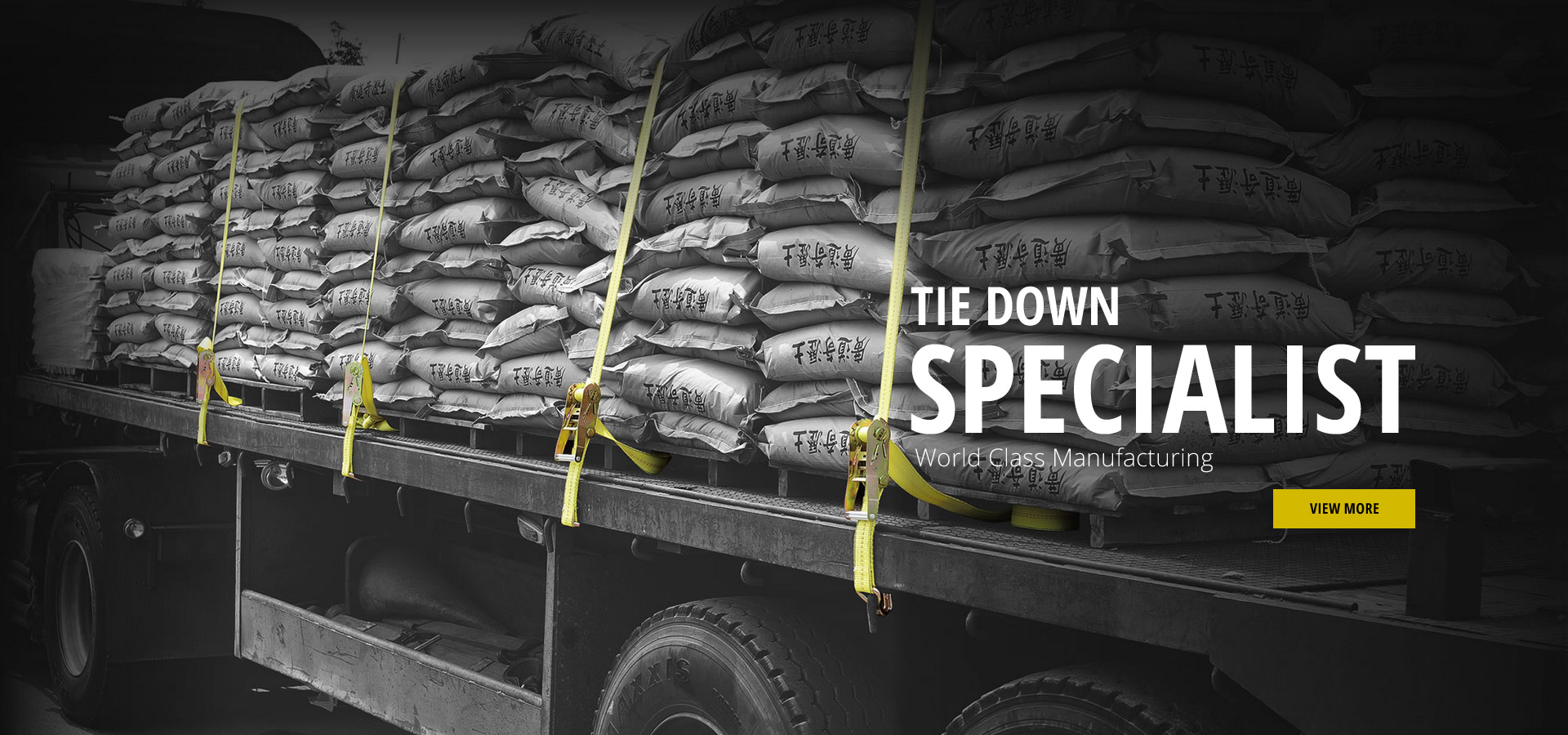external insulation fixings
Understanding External Insulation Fixings A Comprehensive Guide
In the construction and renovation sectors, the importance of thermal insulation cannot be overstated. As energy efficiency becomes ever more critical in our fight against climate change, external insulation systems are becoming increasingly popular for residential and commercial buildings alike. One key component of these systems is external insulation fixings, which play a vital role in attaching insulation materials safely and effectively to building surfaces. This article explores the significance of external insulation fixings, their types, installation techniques, and overall benefits.
What are External Insulation Fixings?
External insulation fixings are specialized fasteners designed to secure insulation boards to the exterior walls of buildings. These fixings can either be mechanical or adhesive, depending on the structural requirements and the type of insulation material used. The primary purpose is to create a stable and robust thermal envelope, enhancing energy efficiency while also protecting the building from moisture intrusion and other environmental factors.
Types of External Insulation Fixings
1. Mechanical Fixings These are typically screws or anchors made from materials like stainless steel, which are designed to provide a strong bond between the insulation boards and the substrate. They are particularly useful for heavy insulation materials or in areas subject to harsh weather conditions. Mechanical fixings usually consist of a thermal insulation plug or washer that helps distribute the load and minimize thermal bridging.
2. Adhesive Fixings Many insulation systems utilize adhesive fixings that allow for a seamless application of insulation boards. These adhesives are specially formulated to ensure strong adhesion while remaining flexible enough to accommodate potential movements in the building structure. Adhesive fixings are often used in combination with mechanical fixings to ensure additional stability.
3. Hybrid Fixings A combination of both mechanical and adhesive methods, hybrid fixings provide optimal performance by leveraging the strengths of both systems. This approach is particularly favored in systems that require high impact resistance and durability.
Installation Techniques
The installation of external insulation fixings involves several crucial steps
1. Surface Preparation The wall surface must be clean, dry, and free from any debris. This ensures that fixings bond effectively, reducing the risk of thermal bypass and moisture retention.
external insulation fixings

2. Applying Adhesive For adhesive fixings, a uniform layer is applied to the back of the insulation boards, allowing for maximum contact upon placement.
3. Installing Mechanical Fixings If using mechanical fixings, they should be installed at appropriate intervals according to manufacturer specifications. The placement of fixings is essential; typically, they are placed at corners and edges as well as along the center lines of the boards.
4. Final Checks After installation, it's crucial to check that the insulation is not only firmly attached but also aligned correctly. Any gaps or misalignments can compromise thermal performance.
Benefits of External Insulation Fixings
The use of external insulation fixings offers several advantages
- Energy Efficiency By ensuring that insulation is securely attached, these fixings help maintain a building's energy efficiency, reducing heating and cooling costs over time.
- Improved Comfort Proper insulation leads to more stable indoor temperatures, enhancing occupant comfort.
- Weather Resistance External insulation systems, when correctly fixed, provide better protection against elements like wind and rain, prolonging the building's lifespan.
- Aesthetic Appeal Proper installation of insulation ensures a smooth and even surface, allowing for better finishing options that can enhance the overall appearance of the building.
In conclusion, external insulation fixings are a crucial aspect of modern construction that contribute significantly to energy efficiency and building longevity. Understanding the different types, installation methods, and benefits can empower builders and homeowners alike to make informed decisions about their insulation needs. As we strive for a more sustainable future, investing in quality insulation and effective fixings is a step in the right direction.
-
Weatherproof Plastic Expansion Anchors for OutdoorNewsJun.06,2025
-
Sustainability in the Supply Chain: Eco-Friendly TEK Screws ProductionNewsJun.06,2025
-
Load-Bearing Capacity of External Insulation FixingsNewsJun.06,2025
-
Double Head Bolts: Enhancing Efficiency in Industrial MachineryNewsJun.06,2025
-
Corrosion Resistance in Chipboard Screws: Coatings for Wholesale DurabilityNewsJun.06,2025
-
Butterfly Toggle Bolts : Enhancing Structural ResilienceNewsJun.06,2025
